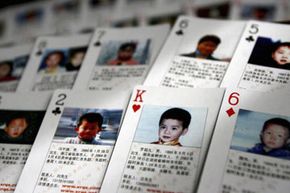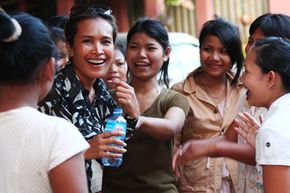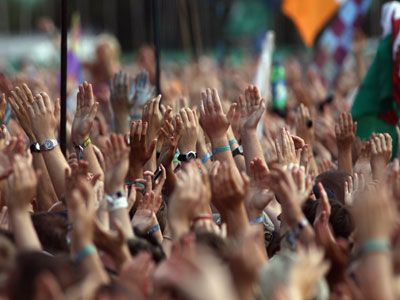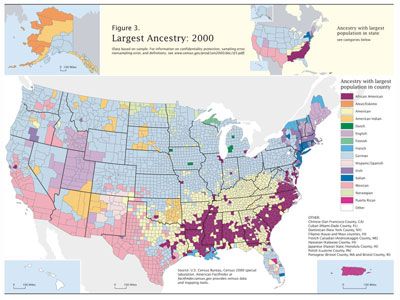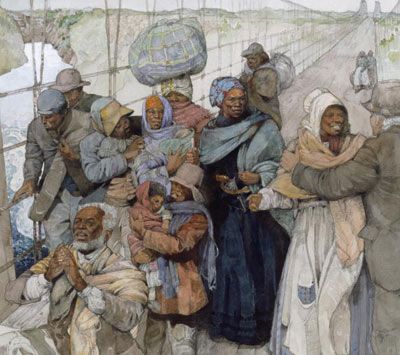As schoolchildren, we learned that Abraham Lincoln freed slaves in the United States. And we learned that the elimination of slavery, in combination with the Civil Rights Movement that would come a century later, was a fulfillment of the U.S. Declaration of Independence, which states that all men are created equal.
In the U.S., we tell ourselves that we've learned this lesson, that we don't value one human life over another. Yet, in the world today, there are more slaves than at any other time in human history [source: Wallace]. Modern slavery isn't just something that happens in backwards countries; it continues in the most developed countries in the world, including the U.S.
Advertisement
These present-day slaves are the victims of human trafficking. Traffickers use force and fraud to compel their victims into forced labor or sexual exploitation. Here's how that might work: A woman in a poor, Eastern European country sees a billboard advertising glamorous waitressing jobs in Paris or New York City. Eager for a chance to work in an affluent country, where people make their own destinies, she calls the number on the billboard. She's told that for $3,000, a company will take her to Paris or New York, where she can claim the waitressing job. She ponies up the money, or agrees to pay the company out of her waitressing earnings, and boards a plane.
When the plane lands, however, that woman isn't taken to a café or a restaurant. Instead, she's taken to a brothel, where she's sold to the owner and forced to become a prostitute. She must pay off that $3,000, she is told, in addition to her daily room and board. She's in a country where she knows no one, where she has no official paperwork and where she's been threatened with violence or death if she runs away from the brothel. If she's not taken to a brothel, she might be taken to a sweatshop, where she works alongside small children for 15 hours a day. She might work in a private home, tending to a family's needs; unlike a nanny or a housekeeper, however, she'll never receive a paycheck or a chance to talk to her family again.
Human trafficking claims many victims -- men, women and children from all over the world. It's a crime that many people want to put an end to, but it will be no easy task. In this article, we'll take a closer look at human trafficking and the struggle to stop it.
Advertisement

